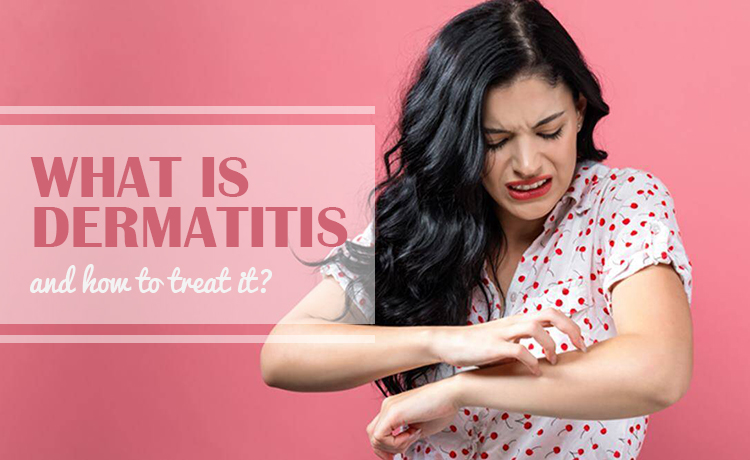Our skins are prone to many conditions, some of which can be of sudden onset and uncomfortable. Have you ever had your skin which was looking all perfect a week ago, suddenly go all red and itchy on you? If you are like me, you found this period very distressing and uncomfortable.
Dermatitis Is A Prevalent Skin Issue
My experience was by no means unique. Many of us have had to live with periods where our skin, for some reason, got very irritated and dry and itchy. The general term for it is called dermatitis, and it’s a prevalent issue. Most of us have or have had it or otherwise know someone who did.
There Are Different Causes And Kinds Of Dermatitis
Dermatitis is a skin condition with a wide range of manifestations, with skin inflammation being a common underlying factor. Symptoms associated with dermatitis asides from red and itchy skin include blisters, rashes, painful or extra sensitive skin, cracked skin, and possibly skin discoloration. Some of the common forms of dermatitis are:
Contact Dermatitis
As it implies, it is skin inflammation caused by contact with a triggering substance. It is divided into two kinds:
- Irritant Contact dermatitis is caused by your skin coming in contact with something irritating and, consequently, getting inflamed. Strong soaps, detergents, and other harsh chemical substances are the usual suspects here.
- Allergic contact dermatitis is caused by close contact with a substance that triggers an allergic reaction on your skin.
- A significant distinction between allergic and irritant contact dermatitis is that the spots or lesions in irritant contact dermatitis are mostly restricted to the affected area: i.e., the portion of the skin that came in contact with the irritant. In contrast, the rash of allergic contact dermatitis is poorly localized.
Atopic Dermatitis
Atopic Dermatitis has an immunologic basis. People with atopic dermatitis tend to be very sensitive to several external substances. It usually begins in infancy.
Nummular Dermatitis
The rashes are discoid or coin-shaped and usually occur after injuries to the skin. They become itchy and pus-filled over time.
Seborrheic Dermatitis
This tends to form whitish lesions while the surrounding skin reddens. The skin also looks greasy, and it tends to occur in areas where there are many sebaceous glands in the body. These places include the face, scalp, ears, etc. it is caused by a skin inhabiting fungus.
Stasis Dermatitis
This usually tends to occur in older people. The valves in the peripheral veins can get weaker over time, allowing blood to pool there. The pooling of blood in the veins can cause blood cells to extravasate and trigger an inflammatory reaction resulting in skin discoloration around the area.
How To Treat Dermatitis
There are a few things you can do to make your skin get better from dermatitis. My preferred options are the little bits of intentional skincare that go a long way.
Moisturize
Dermatitis causes the skin to get dry in most cases, so you want to counter that. Moisturize regularly with a gentle lotion, of course.
Diets And Supplements
A good diet providing the required nutrients plays its role in helping the skin recover. Supplements also help in this aspect. A supplement boost you should check out is the Shiruto vitamin supplement which provides you with vitamins required for healing.
View this post on Instagram
Wear Gentle Fabrics
Clothing materials that are gentle on your skin to reduce the irritation your skin is subjected to. Try Aulora pants with kodenshi fiber, and read reviews here.
View this post on Instagram
Medication
Many corticosteroids like over-the-counter cortisone can be helpful in controlling inflammation. Seek medical advice over which medication you should apply and how to go about it.








